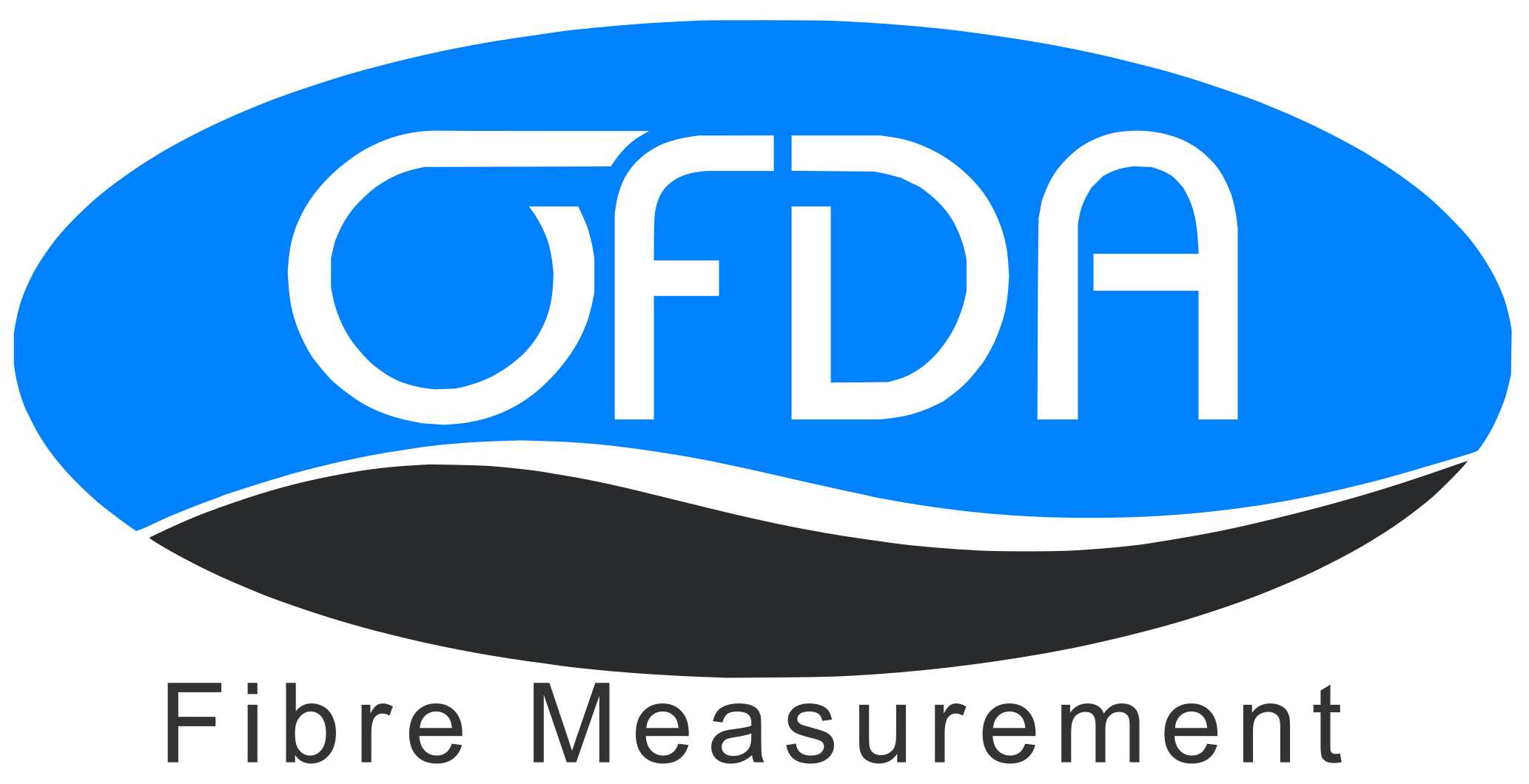The Timeless Elegance of Silk Fabric
- design6507
- Sep 24
- 3 min read
Silk fabric has been treasured for centuries, admired for its luxurious feel, natural sheen, and remarkable strength. Originating from the delicate cocoons of silkworms, silk is a natural protein fibre with a unique combination of softness, lustre, and durability. From fine evening gowns and bridal wear to upholstery and industrial applications, silk’s versatility makes it one of the most sought-after textiles in the world.
But in today’s textile industry, where quality control and innovation are key, silk fabric manufacturers face a range of challenges. Differences in raw material quality, environmental influences, and blending with other fibres can impact the final product’s performance.
The Timeless Appeal of Silk Fabric
Silk has been treasured for centuries, originating from ancient China and spreading across the globe through trade routes such as the Silk Road. Known for its shimmering appearance, silk owes much of its beauty to its triangular prism-like structure, which refracts light at multiple angles. Beyond aesthetics, silk is prized for its:
Softness: A smooth surface that feels gentle against the skin.
Durability: One of the strongest natural fibres, despite its delicate appearance.
Breathability: Keeps the wearer cool in summer and warm in winter.
Drape and flow: Enhances the elegance of garments and home textiles.
Silk fabric is used not only in clothing but also in upholstery, drapery, medical sutures, and even parachutes due to its strength-to-weight ratio. Each application demands a high degree of quality control and this is where accurate fibre measurement comes into play.
Why Fibre Diameter Matters in Silk Fabric
The diameter of silk fibres directly influences the feel, strength, and overall quality of the fabric. For example:
Finer fibres create a softer, more luxurious texture.
Thicker fibres may offer more strength but alter the drape and smoothness.
Consistent fibre diameters ensure uniform appearance and predictable performance.
Variations in fibre diameter can occur due to differences in silkworm diet, climate conditions, and processing techniques. Without accurate measurement, inconsistencies may lead to uneven texture, colour absorption issues, or compromised durability.
How the Optical-based Fibre Diameter Analyser Works with Silk
The Optical-based Fibre Diameter Analyser is a sophisticated tool designed to measure the diameter and distribution of fibres quickly and accurately. For silk fabric, OFDA testing provides:
Precise measurements: Ensuring each batch meets quality benchmarks.
Detailed fibre profiles: Allowing manufacturers to identify and correct inconsistencies in production.
Rapid results: Supporting faster decision-making in processing and quality control.
Versatility: Capable of analysing silk in both raw and processed states, making it suitable for different stages of production.
By integrating OFDA testing into the quality assurance process, silk producers can uphold the material’s premium reputation while improving efficiency.
Key Benefits of OFDA in Silk Fabric Quality Control
1. Batch Consistency
Silk production can vary from one batch to another due to natural and environmental factors. OFDA ensures every roll of fabric delivers the same quality by providing objective comparisons across batches.
2. Blending Accuracy
Silk is often blended with other fibres such as cotton, wool, or synthetics to enhance certain properties. The OFDA can measure each fibre type within a blend, helping manufacturers fine-tune the mix for the desired texture, strength, and drape.
3. Faster Turnaround Times
In the competitive textile industry, time is critical. OFDA delivers accurate results in minutes rather than hours, enabling producers to address potential quality issues before they escalate into costly problems.
4. Enhanced Product Performance
By maintaining optimal fibre diameters, silk fabrics retain their signature smoothness, resilience, and beauty, ensuring they meet both customer expectations and industry standards.
Applications of Silk Fabric
Silk’s versatility means it is used in diverse industries, each with its own quality requirements:
Fashion and couture: Ensuring luxurious feel and drape for high-end garments.
Interior design: Producing consistent, colour-rich fabrics for curtains, cushions, and upholstery.
Medical field: Maintaining strength and purity in silk-based sutures.
Specialised textiles: Guaranteeing durability in applications like parachutes and performance gear.
Experience the Future of Silk Fabric Testing
Silk fabric is a blend of natural beauty and technical precision, and ensuring its quality requires accurate, reliable measurement tools. The Optical-based Fibre Diameter Analyser offers silk producers the ability to monitor, maintain, and enhance the performance of their fabrics with ease.
If you work with silk whether in fashion, interiors, or industrial applications, now is the time to embrace smarter quality control. Contact Robotic Vision today for free sample testing and discover how OFDA can help you perfect your silk fabric production.

